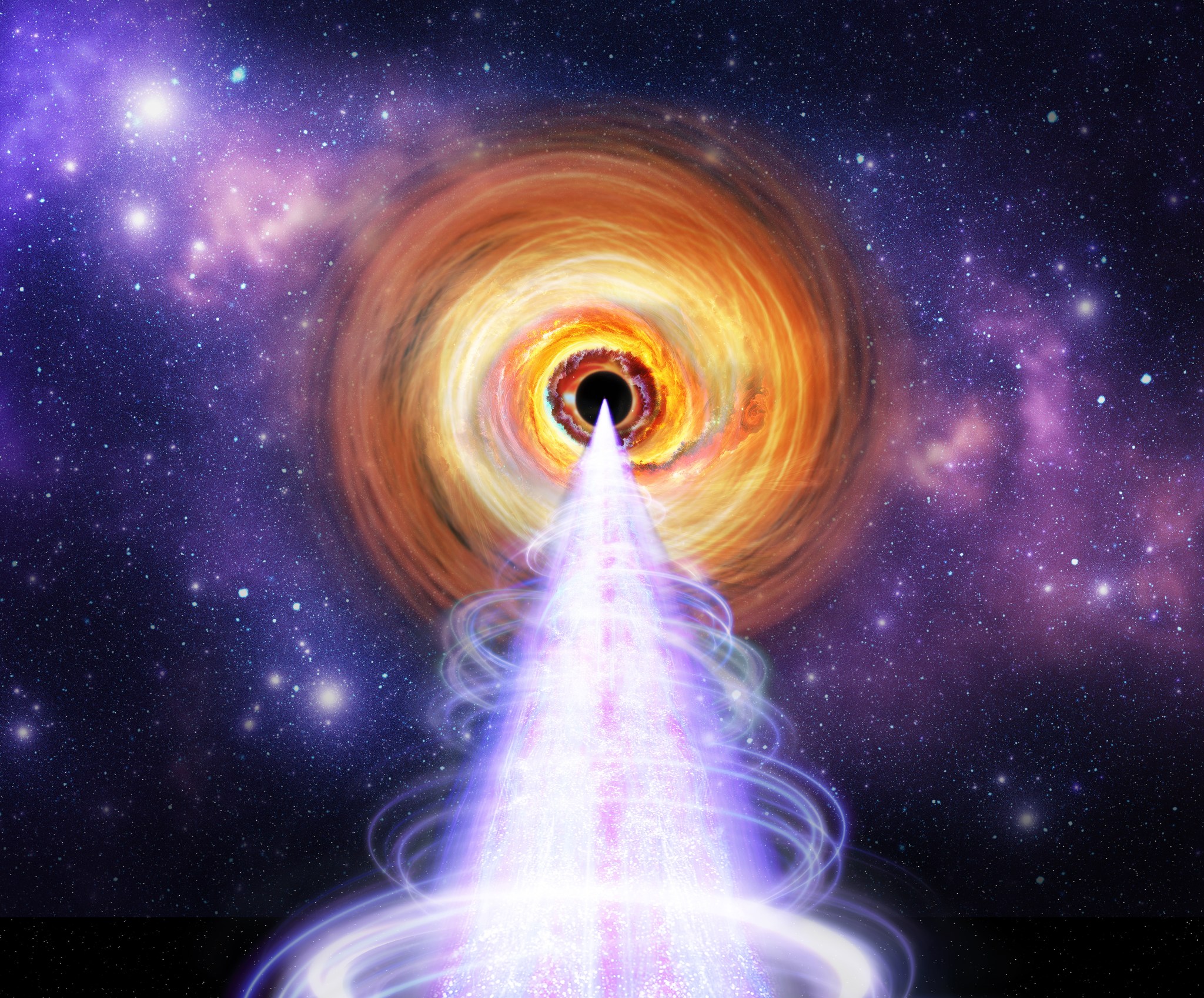2025-05-07 中国科学院(CAS)
<関連情報>
- https://english.cas.cn/newsroom/cas_media/202505/t20250507_1042599.shtml
- https://www.science.org/doi/10.1126/sciadv.adr9417
氷のない未来へ: 白亜紀前期の海面水温と氷河氷の季節サイクル Back to an ice-free future: Early Cretaceous seasonal cycles of sea surface temperature and glacier ice
Songlin He, Tianyang Wang, Robert A. Spicer, Alex Farnsworth, […] , and Lin Ding
Science Advances Published:2 May 2025
DOI:https://doi.org/10.1126/sciadv.adr9417

Abstract
Global ice losses will likely continue with ongoing climate warming, culminating in an almost ice-free planet analogous to that which persisted throughout much of the Cretaceous. Despite extensive research, Early Cretaceous cryosphere responses to temperature and atmospheric PCO2 fluctuations over short, human, timescales remain uncertain. Here, we show rapid late Valanginian (~133 million years ago) seasonal fluctuations in sea surface temperature (SST) and δ18O mainly driven by atmospheric PCO2. Two distinctive features emerge: large seasonal variability of up to 15.9° ± 4.9°C in Southern Hemisphere mid-latitudes, comparable to that found today, a positive sea surface δ18O value related to evaporation (expressed as salinity increases), and the existence of polar ice. Model-predicted patterns of SST change match with high statistical confidence those derived from clumped isotopes in well-preserved oyster fossils from Madagascar and display consistent warm/cold seasonality. Given its relative coolness in a Cretaceous context, the late Valanginian is a valuable analog for Earth’s future climate.



